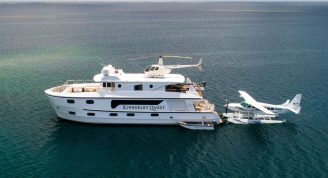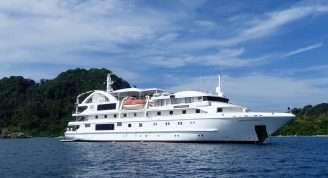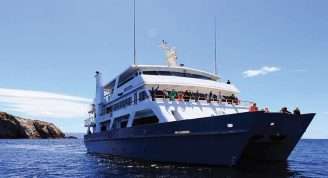Description
This voyage goes deep into the heart of the primordial lands of Australia’s Kimberley. Stretching roughly 163,000 sqm from the Indian Ocean all the way to the edge of the Northern Territory, it’s a place where travellers can get back to nature like nowhere else on Earth. It’s over 2 billion years old, it’s packed full of Aboriginal culture, it’s an astonishing force of nature, forged by time and magic. If this sounds like your idea of heaven – and it is – then join us aboard Silver Explorer.
Trip Name
Darwin to Darwin Luxury Cruise
Days
11
Overview
Vessel Type: Luxury Expedition
Length: 108 metres
Passenger Capacity: 144
Built / refurbished: 1989 / 2008 / 2018
Silversea’s purpose-built luxury Silver Explorer expedition cruise ship has been designed specifically for navigating waters in some of the world’s most remote destinations, including both of earth’s polar regions. A strengthened hull with a Lloyd’s Register ice-class notation (1A) for passenger vessels enables the Silver Explorer Expedition Cruise Ship to safely push through ice floes with ease. A fleet of 12 Zodiac boats allows Silversea Expedition guests to visit even the most off-the-beaten path locations and an expert Expedition Team provides insight and understanding to each unforgettable Silver Explorer luxury cruise adventure.



















